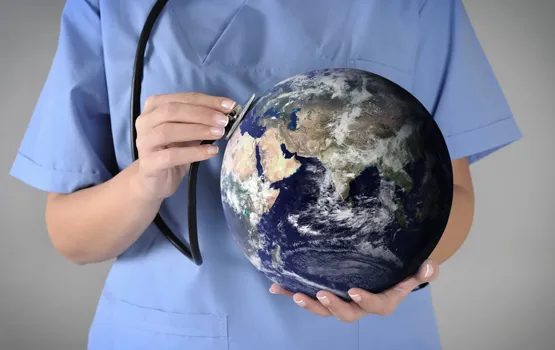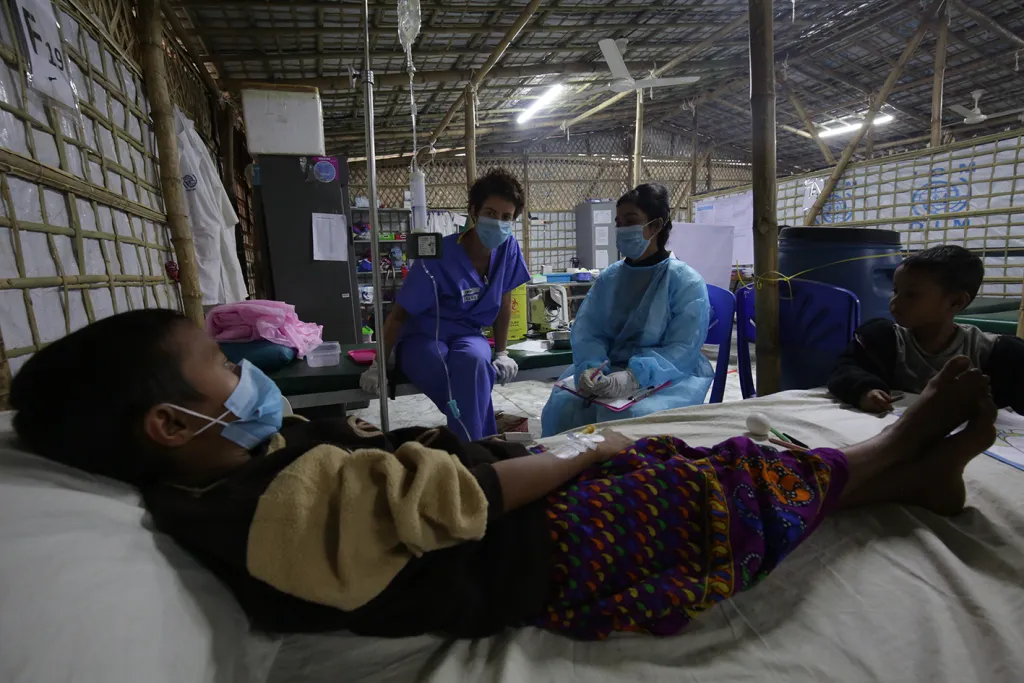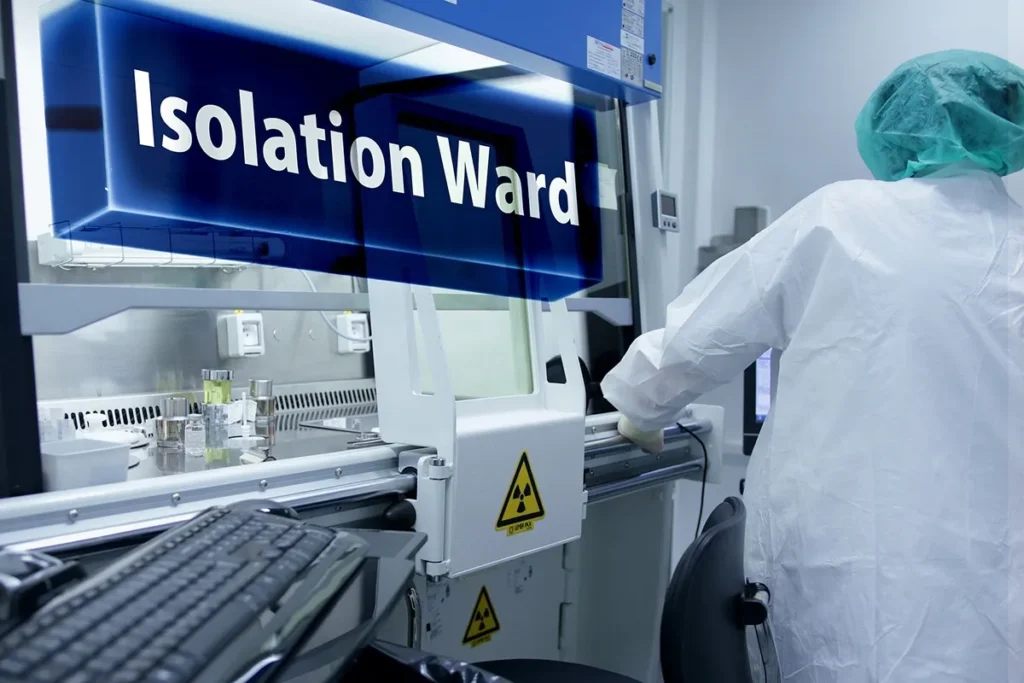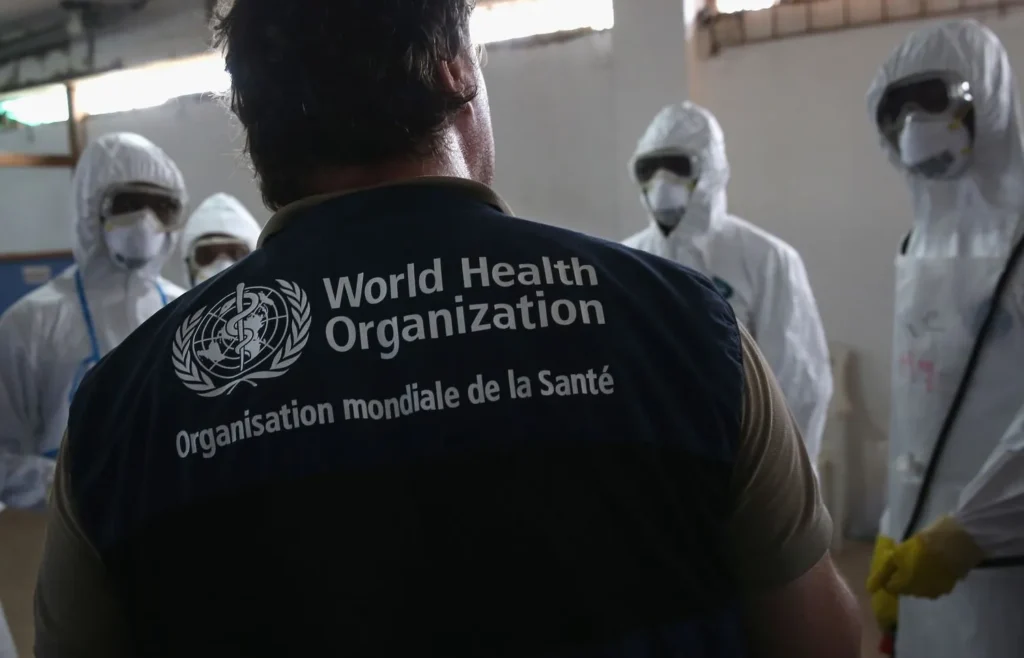
WHO State of World’s Nursing 2025 Reveals Persistent Global Healthcare Disparities
2025
The World Health Organization’s comprehensive State of the World’s Nursing 2025 report has revealed significant global disparities in nursing workforce distribution, highlighting critical inequities that threaten universal health coverage goals and global health security initiatives.
Build the future you deserve. Get started with our top-tier Online courses: ACCA, HESI A2, ATI TEAS 7, HESI EXIT, NCLEX-RN, NCLEX-PN, and Financial Literacy. Let Serrari Ed guide your path to success. Enroll today.
Global Nursing Workforce Analysis

The comprehensive report, based on data from 194 WHO Member States, provides the most detailed analysis of global nursing workforce trends, revealing both progress and persistent challenges in achieving equitable healthcare access worldwide.
Key Global Findings:
- 29.8 million nurses worldwide (increased from 27.9 million in 2018)
- 5.8 million global nursing shortage (reduced from 6.2 million in 2020)
- 33% increase in countries reporting nursing workforce data
- Significant regional disparities in nurse availability and distribution
- Projected shortage reduction to 4.1 million by 2030 with appropriate interventions
Regional Disparities and Inequities
High-Income Countries:
- Nurse density of 10-15 nurses per 1,000 population
- Heavy reliance on internationally educated nurses (23% foreign-born)
- Advanced practice nursing role development
- Comprehensive continuing education and professional development
- Technology integration and innovation adoption
Low and Middle-Income Countries:
- Nurse density often below 2 nurses per 1,000 population
- Limited educational capacity and infrastructure
- Brain drain and migration to higher-income countries
- Insufficient funding and resource allocation
- Basic equipment and supply shortages
Fragile and Conflict-Affected Settings:

- Extreme nursing shortages and safety concerns
- Limited healthcare infrastructure and services
- Humanitarian crisis and emergency response needs
- Professional safety and security risks
- International assistance and support requirements
Gender and Diversity Challenges
Professional Gender Composition:
- Women comprise 85% of the global nursing workforce
- Male nurses represent only 15% of the profession
- Gender pay gaps and professional advancement barriers
- Work-life balance and family responsibility challenges
- Professional recognition and career development needs
International Migration Patterns:
- 1 in 7 nurses worldwide are foreign-born
- Source countries experiencing healthcare workforce depletion
- Destination countries with heavy dependence on international recruitment
- Ethical recruitment and brain drain concerns
- Need for circular migration and knowledge transfer
Cultural and Linguistic Diversity:
- Indigenous and minority population representation gaps
- Language barriers and communication challenges
- Cultural competency and sensitivity training needs
- Community trust and engagement requirements
- Traditional healing and indigenous knowledge integration
Policy Priorities and Recommendations
Education System Strengthening:
- Nursing education capacity expansion and enhancement
- Faculty development and training programs
- Curriculum standardization and quality assurance
- Technology integration and innovation
- International collaboration and partnership
Working Conditions Improvement:
- Pay equity and compensation enhancement
- Workplace safety and violence prevention
- Mental health and well-being support
- Career advancement and professional development
- Work-life balance and family support
Regulation and Standards Development:
- Professional regulation and licensure systems
- Advanced practice nursing role expansion
- Quality assurance and competency standards
- International recognition and mobility
- Ethical practice and professional conduct
Ready to level up your career? Join our expert-led Online courses in ACCA, HESI A2, ATI TEAS 7, HESI EXIT, NCLEX-RN, NCLEX-PN, and Financial Literacy. At Serrari Ed, we turn potential into achievement. Start your journey today!
Leadership Development and Equity
Nursing Leadership Advancement:
- Women’s leadership development and advancement
- Diversity and inclusion in leadership positions
- Mentorship and succession planning programs
- Policy influence and decision-making participation
- Global nursing leadership networks and collaboration
Professional Recognition:
- Nursing contribution visibility and acknowledgment
- Professional autonomy and scope of practice
- Healthcare team integration and collaboration
- Public awareness and respect
- Political influence and advocacy
Innovation and Technology Integration:
- Digital health and technology adoption
- Artificial intelligence and decision support
- Telehealth and remote care delivery
- Mobile health and communication tools
- Data analytics and population health management
Climate and Environmental Health
Climate-Responsive Care:
- Environmental health awareness and training
- Sustainable healthcare practice development
- Climate change adaptation and mitigation
- Green healthcare technology and innovation
- Community resilience and disaster preparedness
Environmental Justice:
- Health disparities and environmental factors
- Vulnerable population protection and advocacy
- Pollution and contamination health impacts
- Environmental policy and regulation
- Community engagement and empowerment
Global Health Security

Pandemic Preparedness:
- Healthcare workforce surge capacity
- Emergency response and crisis management
- International coordination and cooperation
- Supply chain resilience and management
- Knowledge sharing and best practice dissemination
Infectious Disease Prevention:
- Vaccination and immunization programs
- Infection prevention and control
- Antimicrobial resistance and stewardship
- Surveillance and early detection
- Community education and engagement
Health System Resilience:
- Healthcare infrastructure and capacity
- Workforce development and retention
- Financial sustainability and resource allocation
- Quality assurance and safety
- Innovation and adaptation
Technology and Innovation Solutions
Digital Health Transformation:
- Electronic health record systems
- Telehealth and virtual care platforms
- Mobile health applications and tools
- Artificial intelligence and machine learning
- Data analytics and population health management
Education and Training Innovation:
- Online and distance learning platforms
- Simulation and virtual reality training
- Competency-based education and assessment
- Continuing education and professional development
- International collaboration and exchange
Workforce Management:
- Human resource information systems
- Workforce planning and forecasting
- Performance management and evaluation
- Career development and advancement
- Recognition and reward systems
International Collaboration and Support

Development Cooperation:
- Technical assistance and capacity building
- Resource mobilization and funding
- Knowledge sharing and best practice exchange
- South-South cooperation and learning
- Multilateral partnership and coordination
Ethical Recruitment:
- WHO Global Code of Practice implementation
- Fair recruitment and compensation standards
- Source country capacity protection
- Bilateral agreement development
- Circular migration and knowledge transfer
Research and Evidence Development:
- Global health research collaboration
- Evidence-based policy and practice
- Innovation and technology development
- Outcome measurement and evaluation
- Knowledge dissemination and application
Future Priorities and Actions
2030 Goals and Targets:
- Universal health coverage achievement
- Health workforce shortage elimination
- Gender equity and professional advancement
- Climate-responsive healthcare delivery
- Global health security enhancement
Sustainable Development:
- Health equity and social justice
- Economic development and prosperity
- Environmental sustainability and protection
- Peace and security promotion
- Partnership and cooperation strengthening
Innovation and Transformation:
- Technology advancement and adoption
- Care delivery model innovation
- Professional practice evolution
- Policy development and implementation
- Global health leadership
The WHO State of the World’s Nursing 2025 report serves as a critical call to action for global health leaders to address persistent inequities while building on progress achieved in strengthening nursing workforce capacity for universal health coverage and global health security. This impacts registered nurses, nurse practitioners, healthcare professionals, and the broader healthcare industry worldwide.
Source: WHO – State of World’s Nursing 2025
Ready to take your career to the next level? Join our Online courses: ACCA, HESI A2, ATI TEAS 7 , HESI EXIT , NCLEX – RN and NCLEX – PN, Financial Literacy!🌟 Dive into a world of opportunities and empower yourself for success. Explore more at Serrari Ed and start your exciting journey today! ✨
Track GDP, Inflation and Central Bank rates for top African markets with Serrari’s comparator tool.
See today’s Treasury bonds and Money market funds movement across financial service providers in Kenya, using Serrari’s comparator tools.
